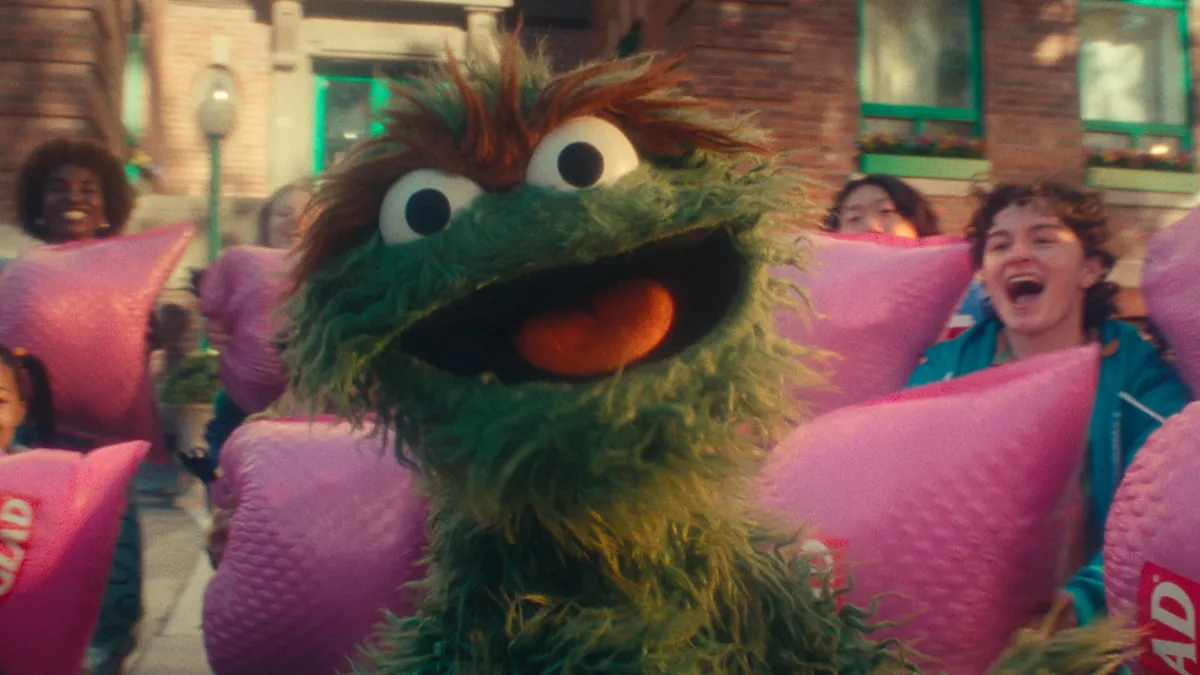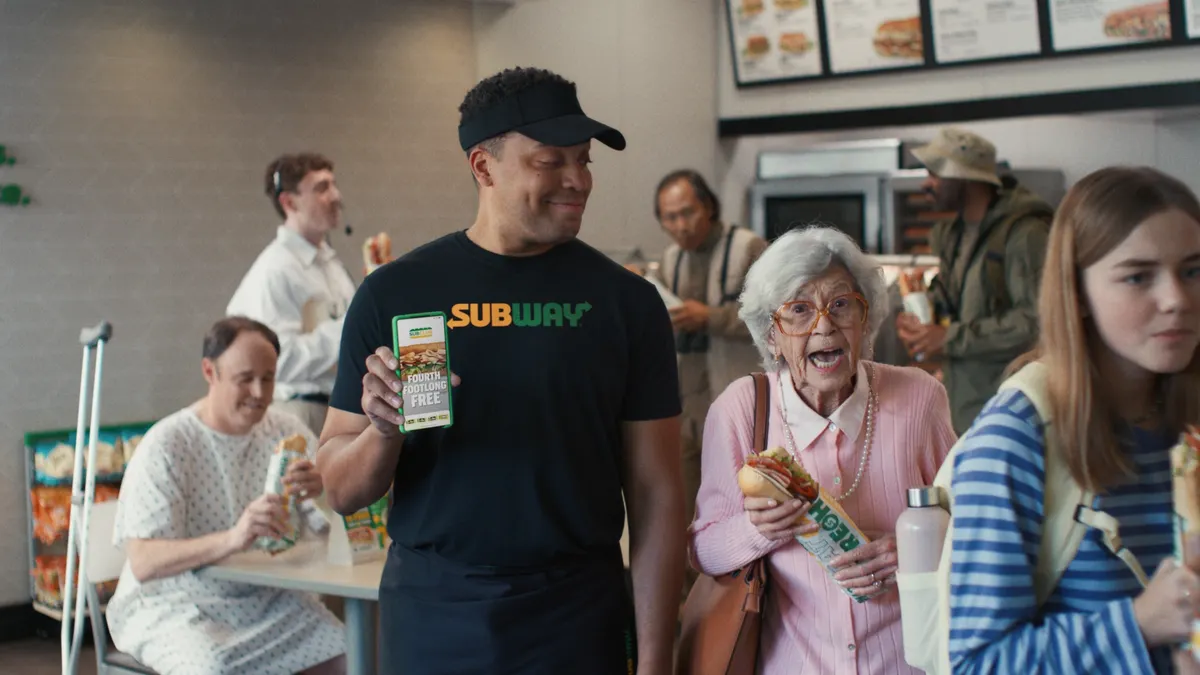If you've been reading Marketing Dive lately, you know there's been a steady stream of news on video marketing, with new features being announced almost daily. From viewability standard changes to pricing model tweaks, tech titans including Facebook, YouTube and even GoPro are zooming in on video marketing.
We have consolidated that news and plucked out the most important trends and developments in the video marketing world. Here's what you need to know.
Facebook has been particularly active in video marketing
To begin with, Facebook has made recent changes that affect video overall on the social media platform. It announced an algorithm change that emphasized video on users’ news feeds, and it rolled out a new feature for its users – "floating video." With floating videos, users can detach a video from their news feed via an icon on the video control bar that allows them to keep watching the video while continue scrolling their news feed. Facebook also announced it would be sharing ad revenue with its video partners, matching YouTube’s split of 45% of revenue to Facebook and 55% to its partners.
In news that more directly affects marketers using video on Facebook for content marketing, it began offering new tools that give video publishers better control over and management of their content. Examples of expanded controls include the ability to prohibit embedding on third-party sites, excluding videos from news feeds and only publishing them on specific Page tabs, as well as set expiration dates for videos while retaining performance metrics.
Facebook even began testing how brands can pay for video ads. The only previous option was cost-per-impression that was calculated as soon as the ad appeared on a news feed. The new pricing method being tested is a cost-per-view basis that charges advertisers only after the video runs for at least 10 seconds. But even with this change, marketers are still a bit leery of Facebook video ads, particularly because of how the viewability standard compares to YouTube’s 30 seconds of play before advertisers are charged for a “viewed” video. Another concern marketers have is an inability to utilize third-party tracking and measurement on video ads, basically forcing advertisers to trust the numbers Facebook provides.
In fact “viewable” standards are all over the map for all digital ads, including video ads: Depending on with whom the advertiser is dealing, that definition shifts. The Media Ratings Council and Interactive Advertising Bureau set the standard as viewable if 50% of a display ad’s pixels appear onscreen for at least one continuous second, and at least two continuous seconds for video ads. The agency group, GroupM raised its standard to 100% of pixels for one second for display ads, and 100% of the ad for half its duration for video. Facebook considers ads viewable the instant they appear on users’ screens, and Twitter charges on a cost-per-action rather than per impression basis for promoted tweets and for 100% in view for three seconds for video ads.
YouTube, Twitter, AOL and more …
YouTube is another video advertising channel adding features. In May it began offering 360-view videos for content filmed with compatible cameras, and in late July it began allowing advertisers to run 360-view videos in TrueView ads that run pre-roll before videos. Viewers can skip these ads, and advertisers are only charged if the videos are watched for 30 seconds, or if the viewers clicks through to a landing page.
YouTube also recently released its first “top 100 brands” report, finding monthly views of branded content up 55% since 2014. And marketing stats including advertisers running video ads up 40% year-over-year with the average spend for top 100 advertisers up 60%. Separate research from Tubular Labs found that even though Facebook is making a major push into video, YouTube is still a favored platform. In May, 68% of top YouTube creators posted videos to Facebook, but none of them generated more views on the social media platform than on YouTube. And YouTube also released a new version of its mobile app and website, featuring three panels instead of one making it easier for users to find videos to watch.
Twitter offered mobile marketers a new tool with the ability to showcase the app with video before asking for an installation. The micro-blogging social site is also changing how it charges marketers for mobile app ads, allowing them to choose the pricing model. Previously, marketers were charged whenever an ad was tapped, but the new option allows marketers to choose to be charged only if the app is installed after bidding for the ad.
Not to be outdone, AOL has added features for video marketers as well, introducing interactive elements geared for pre-roll ads. The new features include the “branded skip” that allows users to skip an ad by viewing a polling or branding feature, a “linear expandable” feature that adds a clickable in-video banner leading to a microsite, and “linear modules” that add interactive icons to the pre-roll ads.
And marketers looking for ready-to-use video content to add to a campaign are in luck. GoPro inked licensing deals with videographers and is offering 600 videos for use by marketers, with plans to continually expand the GoPro Licensing library.
How the video push impacts marketers
Marketers are always on the lookout for innovative and high-quality content, so this move by companies like GoPro and Facebook to reprioritize video could prove lucrative for all parties.
Facebook COO Sheryl Sandberg said in an earnings call this week that for Facebook, "it’s important for our business to connect online marketing with business outcomes." For this reason, the social network is enhancing its video ad marketing capabilities, so that marketers are able to see the tangible fruits of advertising with Facebook.
Platforms such as YouTube and AOL are following suit as they compete for ad budgets, which could prove beneficial to marketers: As competitors up the ante, video ad offerings will get better.



















